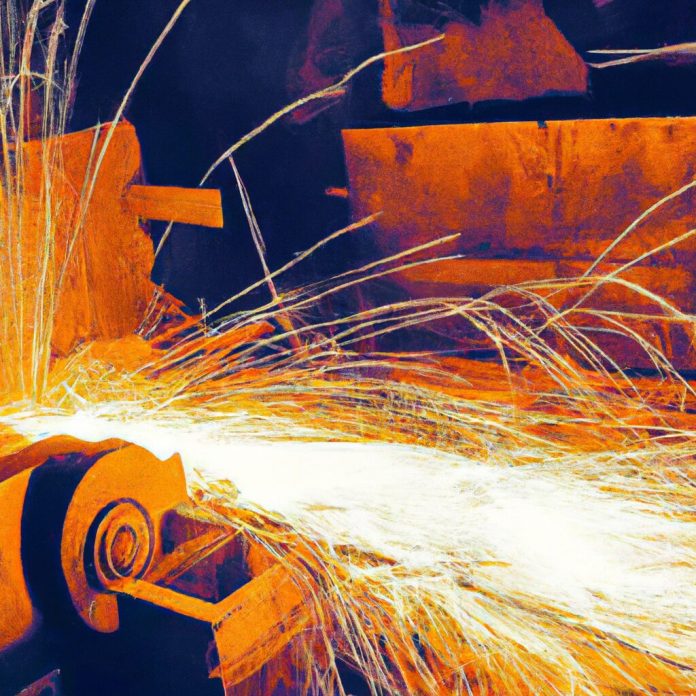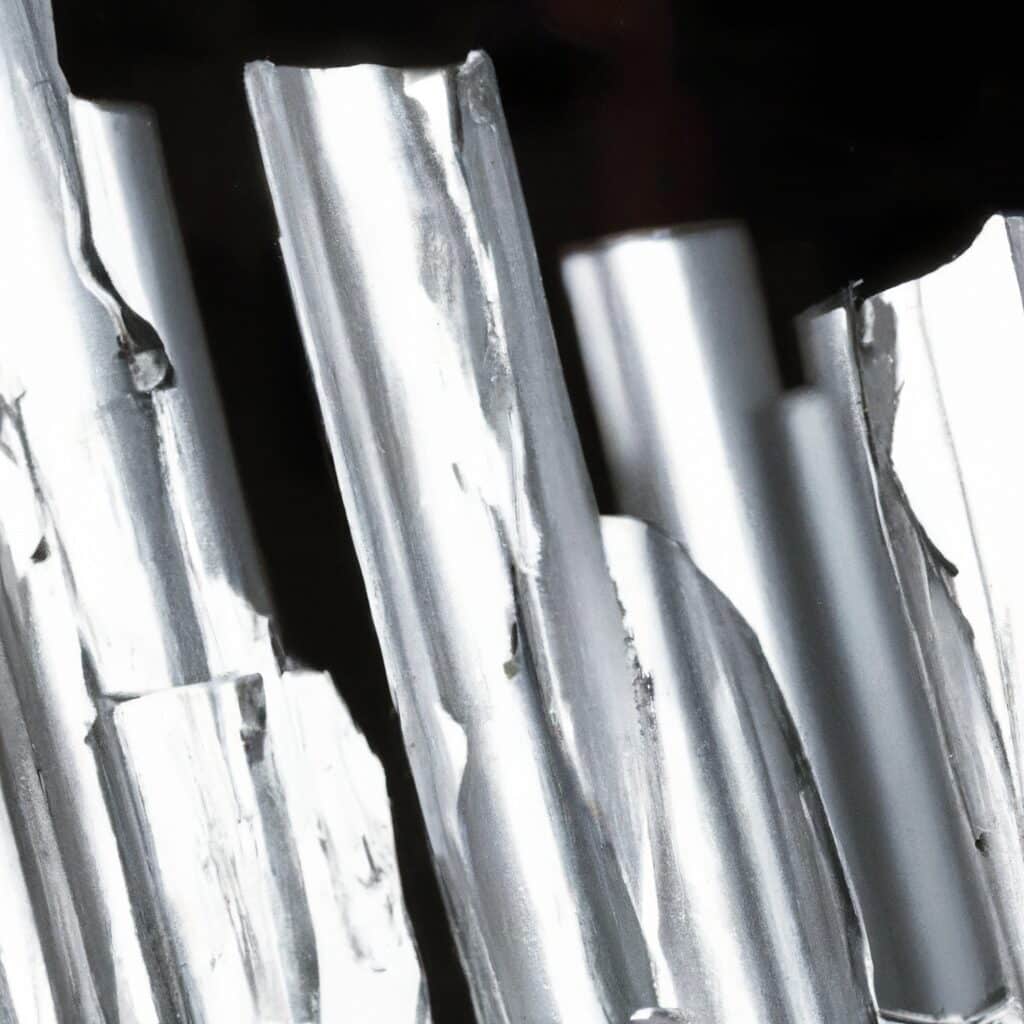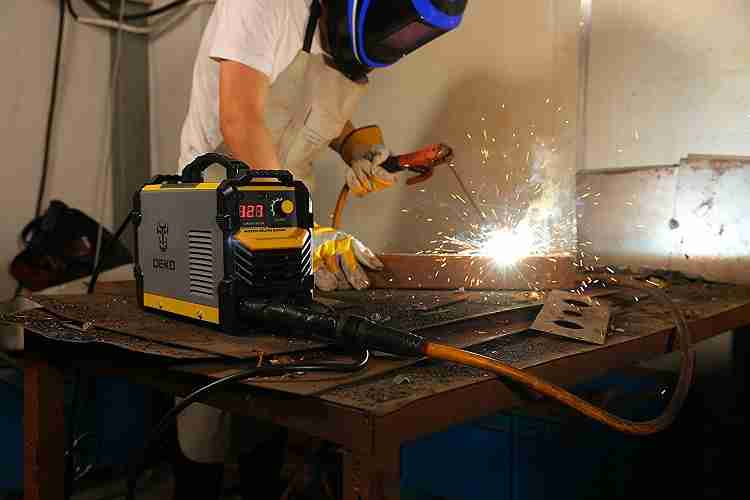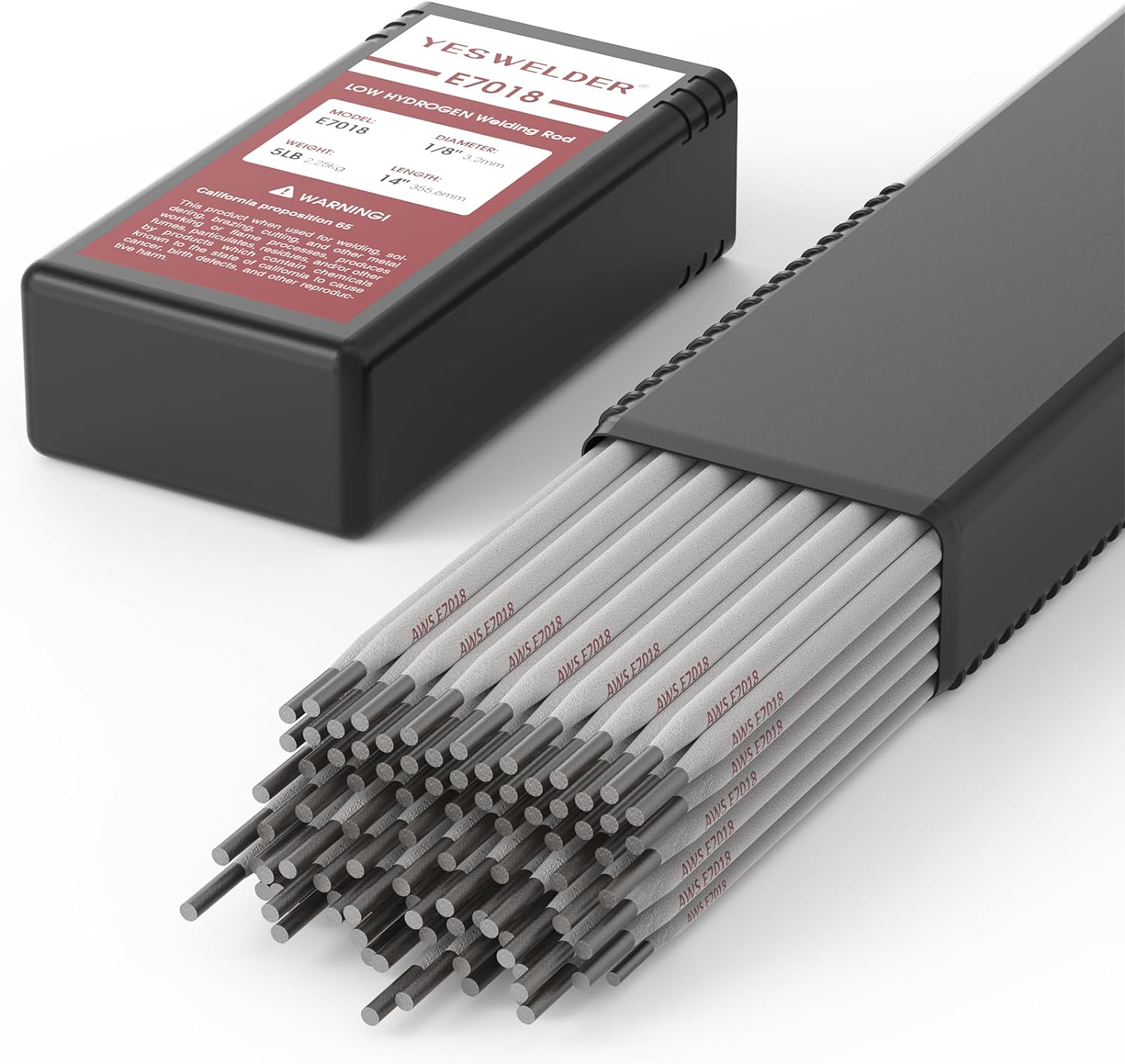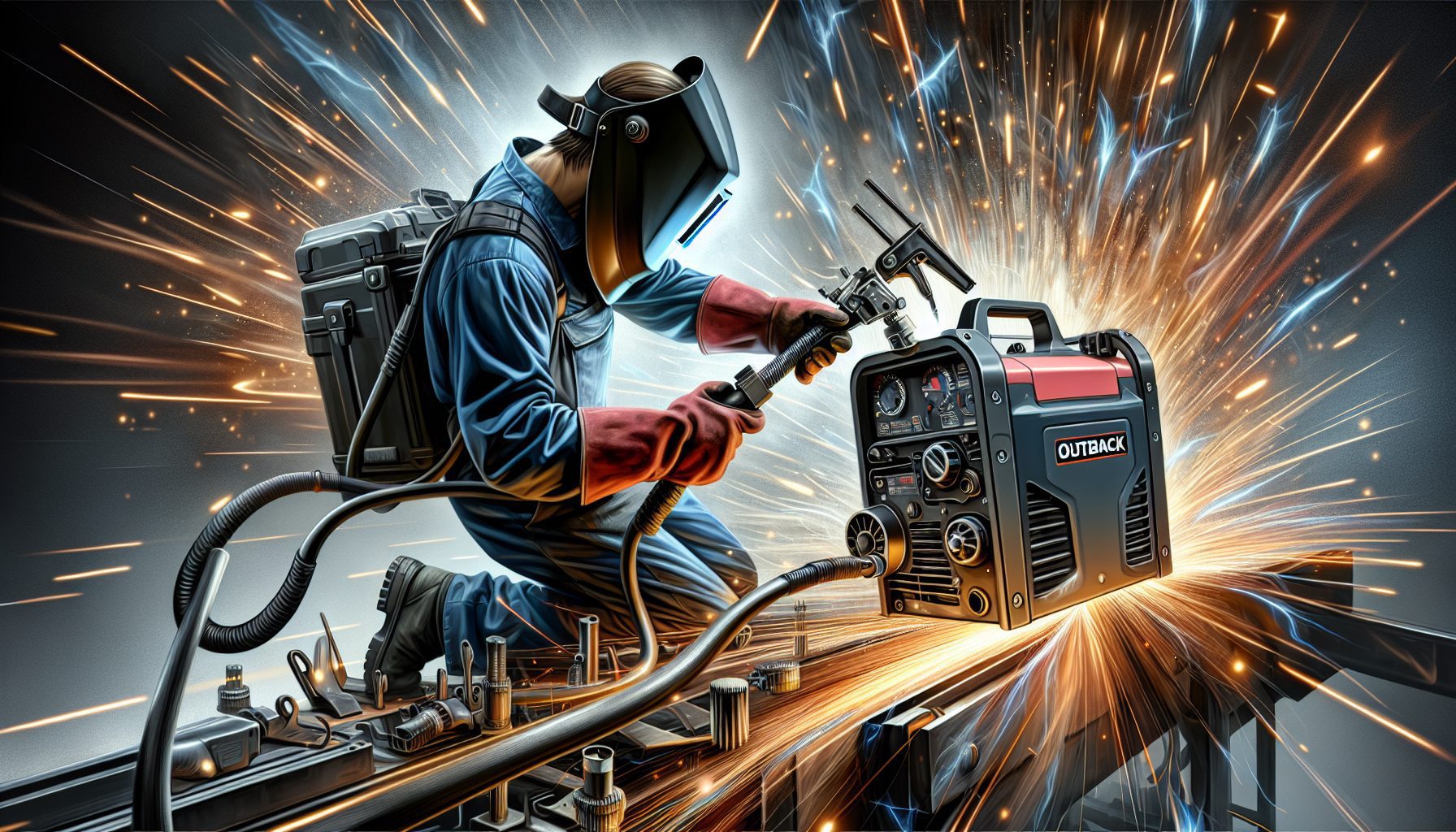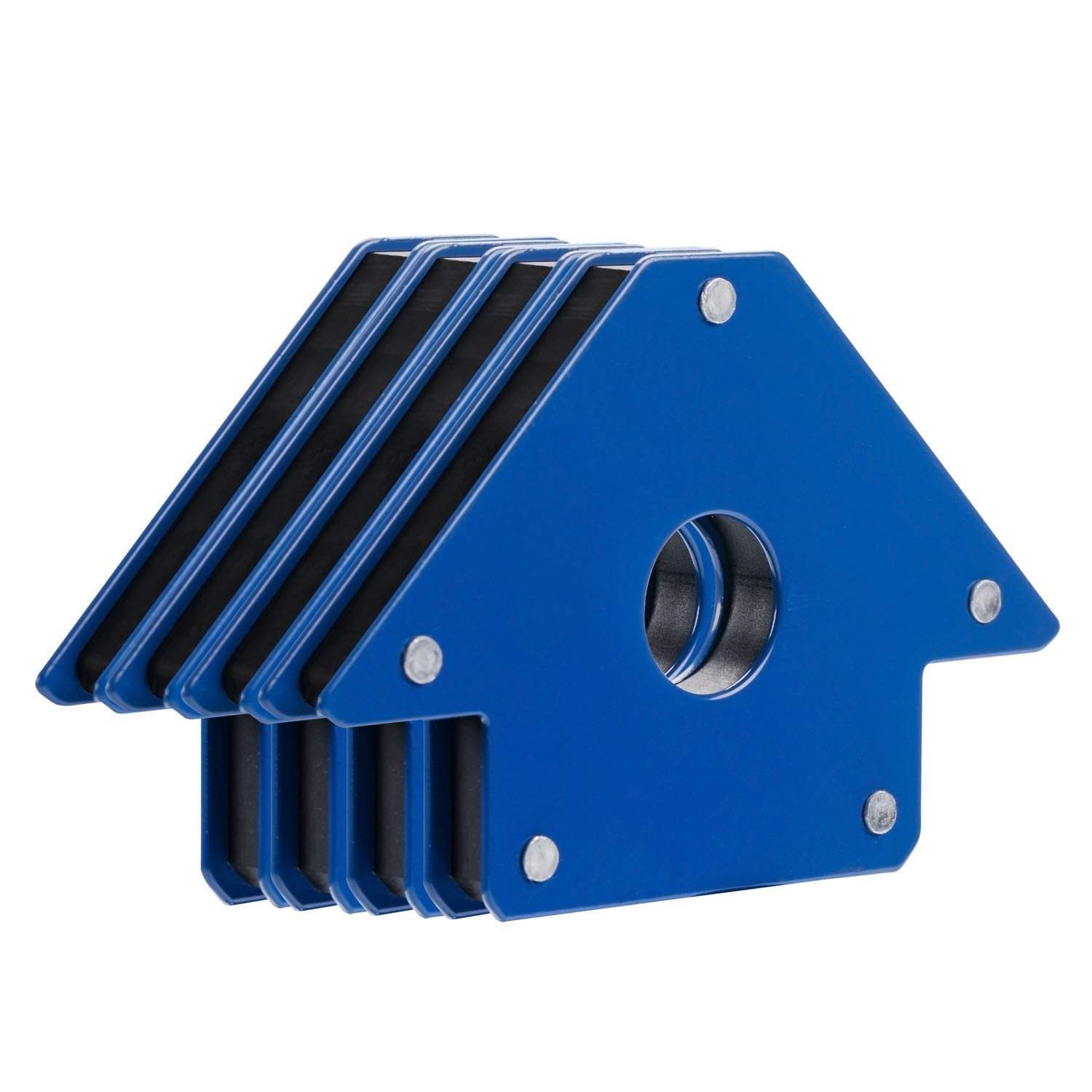Are you curious about the safety precautions when working with galvanized metal? Look no further! In this article, we will walk you through all the essential measures you should take to ensure your safety while handling galvanized metal. From protective clothing to proper ventilation, we’ve got you covered.
So, whether you’re a seasoned professional or a DIY enthusiast, learn how to protect yourself when working with this versatile but potentially hazardous material.
Choosing the proper personal protective equipment (PPE)
Understanding the risks associated with galvanized metal
When working with galvanized metal, it is essential to understand the potential risks involved. Galvanized metal is coated with a layer of zinc, which protects against corrosion. However, galvanization can release harmful fumes and particles, posing health hazards. Inhalation of these fumes can lead to a condition known as metal fume fever, which can cause flu-like symptoms such as fever, chills, and headaches. It is crucial to take necessary precautions to protect ourselves from these risks.
Selecting appropriate PPE for the job
To minimize exposure to the risks associated with galvanized metal, it is essential to wear appropriate personal protective equipment (PPE). This includes wearing respiratory protection, such as a properly fitted N95 mask, to prevent inhalation of harmful particles and fumes. Additionally, gloves are essential to protect the skin from direct contact with the metal and avoid any potential cuts or abrasions. Safety glasses or goggles should also be worn to shield the eyes from any flying particles while handling or cutting galvanized metal.
Importance of wearing PPE correctly
While selecting the correct PPE is crucial, it is equally important to wear it correctly. PPE should fit properly and be worn consistently throughout the task. Gloves should cover the hands and wrists completely, and safety glasses or goggles should provide adequate eye coverage. It is also essential to ensure that the N95 mask is secured tightly around the face, especially over the nose and mouth, to provide maximum protection against inhalation of harmful substances. By correctly wearing PPE, we can significantly reduce the risks of working with galvanized metal.
Managing potential hazards
Identifying potential hazards in the work area
Before starting any task involving galvanized metal, it is crucial to identify potential hazards in the work area. This may include sharp edges and corners, heavy or bulky pieces of metal, or the presence of chemicals used in the galvanization process. By conducting a thorough survey of the work area, we can proactively address potential hazards and implement appropriate safety measures to mitigate risks.
Handling sharp edges and corners
One common hazard associated with galvanized metal is the presence of sharp edges and corners. These can cause cuts or punctures if not appropriately handled. To minimize the risk of injury, it is essential to use appropriate tools, such as gloves, pliers, or shears, to handle galvanized metal with sharp edges. Taking care when moving or securing the metal can also help prevent accidental contact with these hazardous areas.
Handling heavy or bulky galvanized metal
Another potential hazard when working with galvanized metal is the weight and bulkiness of the material. Heavy or oversized pieces of metal can pose a risk of strain or injury if not handled correctly. It is essential to use proper lifting techniques, such as bending the knees and lifting with the legs instead of the back, to prevent strain or back injuries. Moreover, suppose the weight of the metal exceeds safe lifting limits. In that case, it is essential to use appropriate lifting devices, such as cranes or forklifts, to move and transport the material safely.
Avoiding contact with chemicals
Understanding the chemicals used in the galvanization process
To effectively avoid contact with harmful chemicals, it is essential to have a clear understanding of the chemicals used in the galvanization process. Galvanizing involves using zinc and other chemicals, such as acids, to create a protective coating on the metal. These chemicals can pose health risks if proper precautions are not taken. By familiarizing ourselves with the chemicals used in the galvanization process, we can better protect ourselves from potential exposure and understand the necessary safety measures.
Minimizing exposure to harmful chemicals
Minimizing exposure to harmful chemicals is crucial when working with galvanized metal. This can be achieved by implementing proper ventilation systems that remove fumes and ensure a safe breathing environment. Appropriate PPE, such as gloves and respiratory protection, can provide an additional defense against contact with harmful chemicals.
Proper storage and disposal of chemicals
Proper storage and disposal of chemicals used in galvanization are critical to prevent accidents and environmental damage. Chemicals should be stored in designated areas, properly labeled, and kept away from heat sources or flammable materials. Any spills or leaks should be reported and cleaned up promptly using appropriate containment measures. When disposing of chemicals, it is important to follow local regulations and guidelines to prevent soil, water, or air contamination.
Maintaining good hygiene practices
Washing hands before and after working with galvanized metal
Maintaining good hygiene practices is essential when working with galvanized metal. Before starting any task, washing our hands thoroughly with soap and water is essential. This helps remove any contaminants or chemicals that may have come in contact with our hands. After completing the job, it is equally essential to rewash our hands to remove any remaining residue or particles, minimizing the risk of accidental ingestion or skin absorption.
Avoiding ingestion of contaminants
Accidental ingestion of contaminants is another potential risk when working with galvanized metal. To avoid this, avoiding eating or drinking in the work area is vital to prevent cross-contamination. Additionally, it is essential to be mindful of personal hygiene, such as not touching the face or mouth with contaminated hands, as this can potentially introduce contaminants into the body.
Preventing skin contact with galvanized metal
Direct contact with galvanized metal can lead to skin irritation or injury. To prevent this, it is essential to wear gloves and other appropriate PPE that provide a barrier between the skin and the metal. Gloves should be made of a material resistant to punctures, cuts, and chemicals. Taking these precautions can effectively minimize the risk of skin contact and potential skin-related complications.
Proper handling and transportation techniques
Lifting and carrying galvanized metal safely
Following proper lifting and carrying techniques is essential to avoid strain or injury when handling galvanized metal. Before attempting to lift any piece of metal, it is crucial to assess its weight and determine whether it can be safely lifted by hand. If the metal is too heavy or bulky, it is essential to use lifting devices or seek colleague assistance. It is essential to bend the knees, maintain a straight back, and lift with the legs rather than relying solely on back strength.
Using appropriate lifting devices
In cases where galvanized metal is too heavy or difficult to lift manually, it is necessary to use appropriate lifting devices. Cranes, hoists, or forklifts are designed to handle heavy loads safely and efficiently. These devices can help reduce the risk of strain or injury associated with manual lifting. It is essential to receive proper training on the correct operation and use of lifting devices to ensure safe handling and transportation of galvanized metal.
Securing galvanized metal during transportation
Transporting galvanized metal requires proper securing to prevent movement or shifting during transit. Metal should be adequately covered or contained to avoid exposure to external elements that could cause damage or oxidation. Properly securing the metal with straps or restraints can help prevent accidents or injuries caused by loose or shifting loads. By following these guidelines, we can safely transport galvanized metal and minimize the risk of accidents on and off the road.
Preventing accidents and injuries
Ensuring a clean and organized work area
Maintaining a clean and organized work area prevents accidents and injuries. Clutter, debris, or poorly stored materials can create tripping hazards or contribute to accidents. Regularly inspecting the work area, removing unnecessary items, and practicing good housekeeping can help create a safer working environment. Keeping our work area clean and organized minimizes the risk of accidents and ensures a more efficient and productive work process.
Using caution when working at heights
Working at heights when handling galvanized metal requires extra caution. Falls from heights can result in serious injuries or even fatalities. When working at elevated locations, it is essential to use appropriate fall protection equipment, such as harnesses or safety nets. Additionally, ladders or scaffolds should be stable and secured adequately before use. We can mitigate the risks associated with working at heights by taking necessary precautions and using appropriate safety equipment.
Avoiding distractions while working with galvanized metal
Distractions can significantly increase the likelihood of accidents and injuries when working with galvanized metal. It is essential to remain focused and attentive, avoiding distractions such as phone use or engaging in unrelated conversations. By maintaining concentration, we can better recognize potential hazards, make informed decisions, and prevent accidents.
Staying aware of potential health effects
Recognizing the symptoms of metal fume fever
Metal fume fever is a condition that can occur as a result of inhaling zinc oxide fumes generated during the galvanization process. We must familiarize ourselves with metal fume fever symptoms, including fever, chills, headache, fatigue, and muscle aches. If any of these symptoms occur after working with galvanized metal, it is crucial to seek medical attention promptly. Early recognition and intervention can help prevent further complications and ensure the well-being of workers.
Monitoring air quality in the work area
Regularly monitoring the air quality in the work area is essential when working with galvanized metal. This can be done using air monitoring devices that measure the concentration of potentially harmful substances, such as zinc oxide fumes. By monitoring air quality, we can identify excessive contaminants and take appropriate measures to reduce exposure and maintain a safe working environment.
Seeking medical attention for any health concerns
If any health concerns arise while working with galvanized metal, it is essential to seek medical attention promptly. Whether experiencing symptoms of metal fume fever or any other potential health effects, it is crucial to consult with a healthcare professional. Regular medical check-ups are also recommended to monitor any long-term effects that may arise from working with galvanized metal. Taking proactive steps to address any health concerns ensures the well-being of individuals working with this material.
Safe handling of tools and equipment
Using tools and equipment designed for the job
Using the right tools and equipment for the job is essential to handle galvanized metal safely. Tools should be specifically designed for cutting, shaping, or joining metal to prevent accidents or damage to the material. Using improper tools can result in dangerous situations or compromised structural integrity. We must familiarize ourselves with the recommended tools and use them correctly to minimize risks and achieve optimal results.
Inspecting tools for damage or wear
Inspecting tools for damage or wear is crucial for safely handling galvanized metal. Tools worn out, damaged, or not functioning correctly can pose a risk of accidents or injuries. Before using any tool, it should be visually inspected for any signs of damage, such as cracks, loose parts, or worn-out cutting edges. Any damaged tools should be immediately replaced or repaired to ensure safe and effective use.
It is properly storing and maintaining tools.
Proper storage and maintenance of tools are essential for their longevity and safe use. Tools should be stored in a designated area, away from moisture and extreme temperatures. Keeping tools clean and dry helps prevent rust or corrosion, which could affect their performance and safety. Additionally, it is essential to follow the manufacturer’s guidelines for tool maintenance, such as regular lubrication or calibration, to ensure optimal functionality and minimize the risk of accidents.
Understanding the limitations of galvanized metal
Recognizing the potential for rusting or corrosion
While galvanized metal protects against rust and corrosion, it is not entirely immune to these processes over time. It is essential to recognize the potential for rusting or corrosion and take appropriate measures to prevent it. Regular inspections of galvanized metal for signs of rust or corrosion allow for early detection and timely intervention. By implementing proper maintenance practices, such as cleaning and applying protective coatings, the lifespan of galvanized metal can be extended and its performance maintained.
Implementing proper maintenance practices
Proper maintenance practices are essential to ensure the longevity and performance of galvanized metal. Regular cleaning using mild detergents and water helps remove dirt, debris, or contaminants that could promote corrosion. Inspecting the surface of the metal for any signs of damage or degradation and promptly addressing repairs or necessary touch-ups also contribute to effective maintenance. Following the manufacturer’s recommendations for maintenance and applying protective coatings when required can prolong the lifespan of galvanized metal and preserve its functionality.
Knowing when to replace galvanized metal
Despite proper maintenance, galvanized metal has a finite lifespan. It is essential to know when to replace galvanized metal to prevent any compromises in safety or performance. Signs of excessive rust, corrosion, or structural weaknesses should not be ignored. Regular inspections and assessments of the condition of galvanized metal allow for early identification of any deterioration or damage that warrants replacement. Replacing galvanized metal when needed can ensure a safe working environment and maintain the desired material quality.
Complying with relevant safety regulations
Understanding and following applicable safety guidelines
Compliance with safety regulations is essential when working with galvanized metal. It is crucial to understand and follow all applicable safety guidelines, standards, and regulations set forth by regulatory bodies, such as OSHA (Occupational Safety and Health Administration). These guidelines provide specific requirements and recommendations to ensure the safety and well-being of workers. Staying informed and adhering to these regulations can create a safe working environment and prevent accidents or legal consequences.
Training and educating employees about safety procedures
Proper training and education of employees about safety procedures is crucial for their well-being and the overall effectiveness of safety protocols. Employees should receive comprehensive training on handling galvanized metal, including proper use of PPE, safe handling techniques, and identification of potential hazards. Regular refresher training should also be conducted to reinforce knowledge and address any updates or changes in safety procedures. By actively investing in employee training and education, we strengthen safety practices and promote a workplace safety culture.
We are regularly reviewing and updating safety protocols.
Safety protocols should not be static but regularly reviewed and updated as necessary. As new information, regulations, or best practices emerge, evaluating existing safety protocols and making any needed revisions is essential.
Regularly reviewing safety protocols ensures they remain relevant and effective in addressing the risks of working with galvanized metal. We can continuously improve safety practices and minimize potential risks by staying proactive and adaptable.


